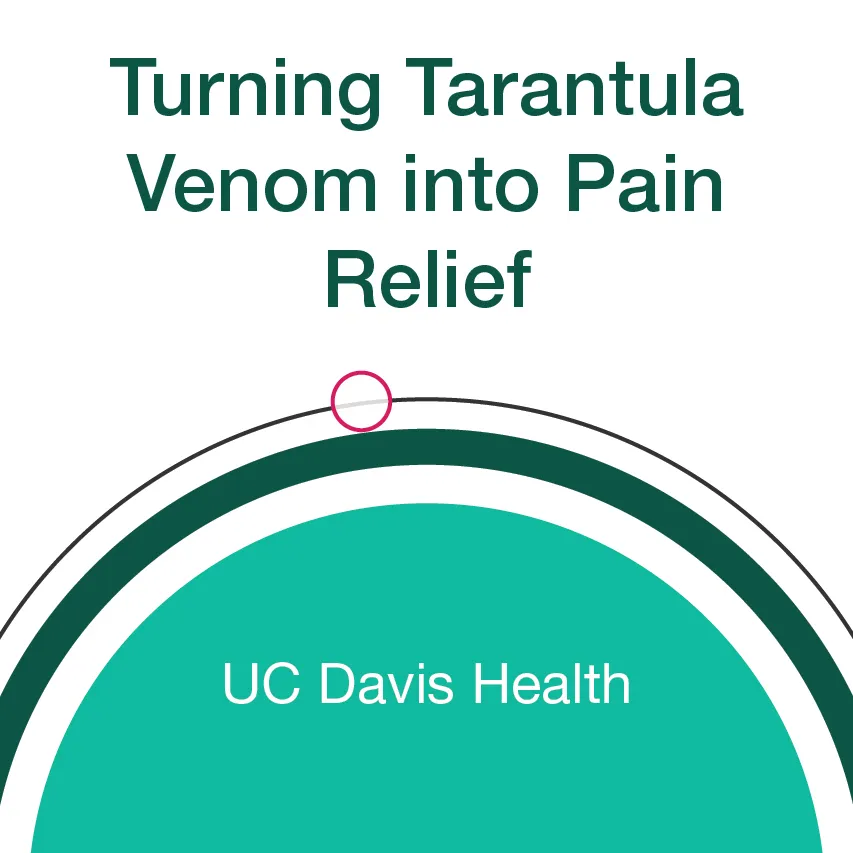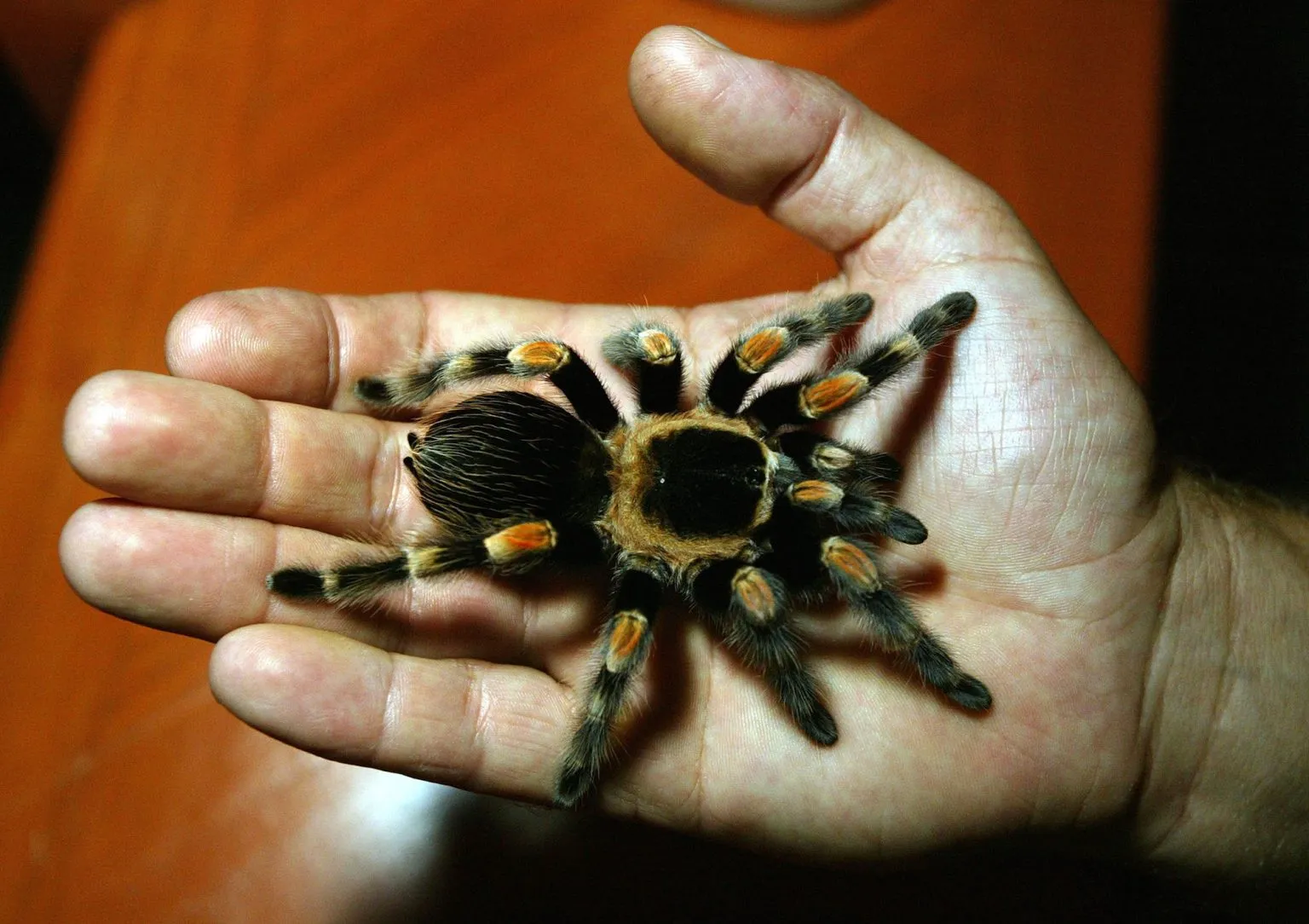Tarantula Venom Treatment Top 5 Facts
Being bitten by a tarantula can be a frightening experience, and understanding how to respond is crucial. While most tarantula bites are not life-threatening to humans, they can cause discomfort and require proper attention. This article presents the top 5 facts about tarantula venom treatment, from immediate steps to take after a bite to long-term considerations. The aim is to provide you with essential knowledge to handle such situations effectively, ensuring your safety and well-being. It is important to remain calm, assess the situation, and follow these guidelines to minimize any adverse effects. Remember that while these spiders are venomous, the risk to humans is generally low, and with proper care, a full recovery is expected.
Fact 1 Quick Overview
When dealing with a tarantula bite, it’s important to have a clear understanding of the situation. Tarantulas inject venom through their fangs, which can cause a range of reactions, from mild irritation to more pronounced symptoms. Immediate actions are crucial in minimizing the impact of the bite. These include washing the affected area, applying a cold compress, and monitoring for any severe reactions. The venom’s effects can vary depending on the species of tarantula, the amount of venom injected, and the individual’s sensitivity. It is also essential to seek medical advice if you experience any severe symptoms, like difficulty breathing or significant swelling. Knowing these quick steps allows for a more proactive response to such incidents, minimizing potential risks.
Venom Composition and Potency

Tarantula venom is a complex mixture of enzymes, peptides, and proteins designed to subdue prey. The potency varies significantly between different tarantula species. Most species have venom that is not highly toxic to humans. However, the venom’s composition is primarily designed to paralyze insects and other small animals, and can cause localized pain, inflammation, and other symptoms in humans. Understanding the components of the venom helps in understanding the effects of the bite and in developing effective treatments, although specific antivenoms are not commonly available for tarantula bites. Generally, the effects are more of a nuisance, and a medical professional should be consulted when symptoms worsen.
Fact 2 Immediate Symptoms
The immediate symptoms of a tarantula bite can vary, but typically include localized pain, redness, and swelling at the bite site. The intensity of these symptoms depends on several factors, including the species of tarantula and the individual’s sensitivity to the venom. It is common for the affected area to itch and become tender to the touch. The pain may be described as a burning sensation or a sharp sting. In some cases, there might be small puncture marks visible where the fangs penetrated the skin. These localized symptoms usually subside within a few hours or days, but monitoring for more severe reactions is essential.
Localized Pain and Swelling
Localized pain and swelling are the most common immediate symptoms. The area around the bite will often become red and inflamed, and a painful sensation may be felt. The swelling can vary in severity, from a slight puffiness to more significant enlargement, depending on the amount of venom injected and individual sensitivity. These reactions are part of the body’s inflammatory response to the venom. Applying a cold compress can help reduce swelling and alleviate pain. It is important to keep the area clean and avoid scratching, as this can increase the risk of infection. If the pain and swelling are severe or worsen over time, medical attention should be sought.
Systemic Reactions

While rare, some individuals may experience systemic reactions after a tarantula bite. These reactions involve symptoms that affect the entire body, rather than just the bite area. Systemic symptoms can include nausea, vomiting, dizziness, muscle cramps, or difficulty breathing. If these symptoms occur, it is crucial to seek immediate medical attention. Such reactions may indicate an allergic response or a more severe reaction to the venom. Although most tarantula bites do not pose significant health risks to humans, promptly addressing any systemic symptoms is important to prevent complications. Medical professionals can provide appropriate treatment and monitor the patient’s condition.
Fact 3 First Aid Measures
When dealing with a tarantula bite, prompt first aid can minimize the severity of the symptoms and prevent complications. The primary goal is to reduce pain, swelling, and the risk of infection. It’s vital to remain calm and follow these steps to ensure the best possible outcome. By taking swift and appropriate action, you can significantly aid the healing process. Remembering these essential steps will help you effectively manage the situation and offer comfort until medical assistance can be obtained, if necessary.
Washing the Bite Area
The first and most crucial step in treating a tarantula bite is to thoroughly wash the bite area with soap and water. This helps remove any venom from the surface and prevents bacterial infection. Gently wash the area to avoid further irritation. After washing, pat the area dry with a clean cloth. It is essential to use mild soap to avoid causing additional irritation. If possible, rinse the area under running water for several minutes. This initial cleaning step helps to reduce the risk of secondary infections and promote quicker healing. Ensure you clean the area promptly after the bite to achieve the best results.
Applying a Cold Compress

Applying a cold compress can help reduce pain, swelling, and inflammation at the bite site. Use a cloth or towel to wrap ice or an ice pack and apply it to the affected area for 10 to 15 minutes at a time. This can be repeated several times a day. The cold helps to constrict blood vessels, reducing swelling and numbing the area, providing immediate relief. Ensure that you do not apply ice directly to the skin, which can cause frostbite. This simple yet effective technique can significantly alleviate discomfort and speed up the healing process. Applying a cold compress is a quick and easy method to provide relief.
Fact 4 When to Seek Medical Attention
While most tarantula bites are not life-threatening, it’s important to know when to seek medical attention. Certain symptoms and circumstances warrant immediate medical care. Seeking prompt professional help can prevent complications and ensure appropriate treatment. It’s always better to err on the side of caution when dealing with a potentially venomous bite. Recognizing these critical signs allows you to ensure your safety. Medical professionals can provide the necessary evaluation and treatment.
Severe Symptoms or Allergic Reactions
Seek immediate medical attention if you experience severe symptoms like difficulty breathing, swelling of the throat or face, severe chest pain, or rapid heartbeat after a tarantula bite. These symptoms can indicate a serious allergic reaction, known as anaphylaxis, which can be life-threatening. Any systemic symptoms like nausea, vomiting, dizziness, or muscle cramps also require medical evaluation. Also, if the bite area shows signs of infection, such as increasing redness, warmth, pus, or fever, it is crucial to seek professional help. Prompt medical intervention can manage these severe reactions effectively, preventing more severe complications. Do not hesitate to call emergency services if you observe any of these concerning signs.
Fact 5 Long Term Effects

The long-term effects of a tarantula bite are usually minimal, but some potential complications can occur. Most people fully recover within a few days or weeks. However, in some cases, there may be lingering effects or secondary issues that require attention. It is essential to be aware of these potential complications so that appropriate care can be provided. While the risk of serious long-term problems is low, understanding the possibilities helps ensure that any issues are addressed quickly and effectively. Being prepared and knowing what to watch for improves outcomes.
Potential Complications
Potential long-term complications from a tarantula bite can include secondary infections at the bite site if not properly cared for. Scarring or changes in skin pigmentation can sometimes occur, especially if the wound is not treated correctly. In very rare cases, individuals might develop chronic pain or sensitivity in the affected area. Allergic reactions can also have lasting impacts, such as increased sensitivity to future bites or other allergens. Regular follow-up with a healthcare professional is recommended to monitor for any delayed effects and ensure appropriate treatment is provided. It is always best to treat the affected area with care.
Conclusion
In conclusion, understanding tarantula venom treatment is essential for anyone who may encounter these spiders. By knowing the top 5 facts, from the composition of the venom to the immediate and long-term effects, you can handle a bite effectively and safely. Remember to remain calm, wash the bite area, apply a cold compress, and seek medical attention if necessary. While the majority of tarantula bites are not severely dangerous, being well-informed and prepared is crucial. Knowing how to respond appropriately to a tarantula bite ensures your health and safety, allowing for a swift recovery and peace of mind.
